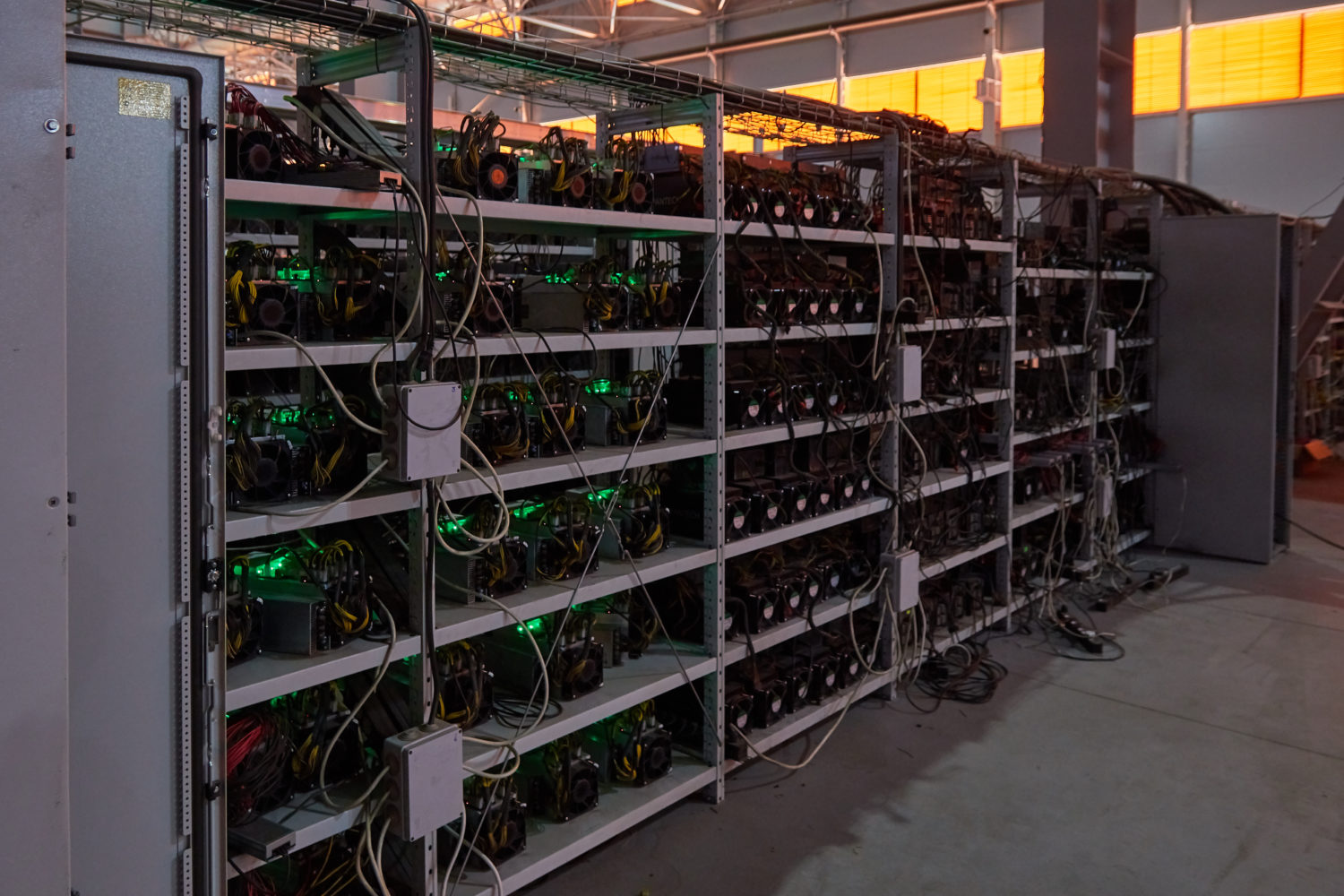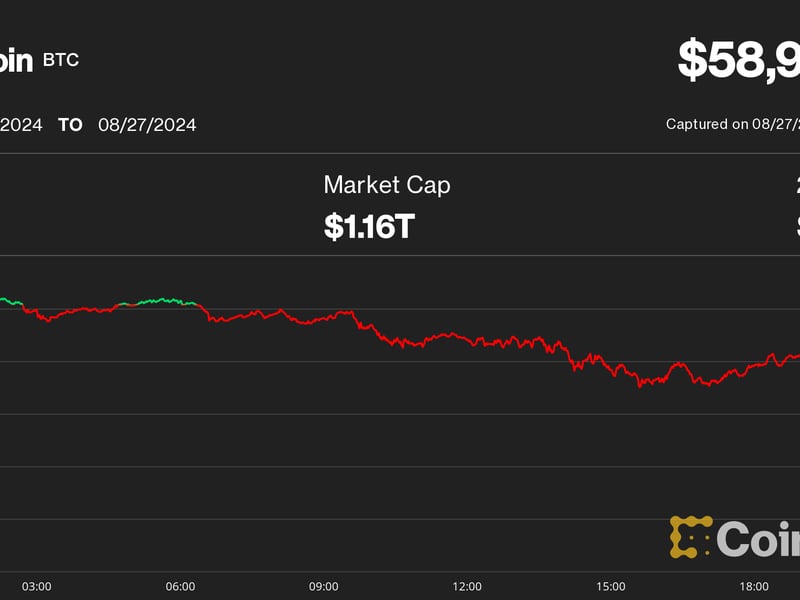The Creator of Proof-of-Stake Thinks He Finally Figured It Out
Known for creating the first proof-of-stake-based cryptocurrency, pseudonymous developer Sunny King is back with an idea that’s sure to surprise – adding hardware.
Proof-of-stake, or PoS, has been heralded as a more ecological way to come to consensus on blockchains since it doesn’t rely on expensive hardware using vast amounts of electricity to compute mathematical puzzles (for instance, like bitcoin’s proof-of-work).
As a result of this, and the algorithm’s ability to handle more scale, various high-profile blockchain projects, including EOS, Tezos, NEO and Cardano, have adopted the system.
But according to King, by reworking the algorithm to allow for specialized hardware, PoS will be even better suited for high-speed transaction throughput.
The creator of peercoin, the first proof-of-stake cryptocurrency launched in 2012, and primecoin, a cryptocurrency that achieves its security by searching for prime numbers, King is known for finding innovative ways to re-architect the technology.
Primecoin even inspired ethereum founder Vitalik Buterin, who called King “the single most original altcoin developer out there” in 2013.
And now, he’s hoping to inspire again with his new design called “supernode proof-of-stake,” or SPoS, which requires specialized hardware to operate.
While the project is still a bit light on the details, King said the concept of SPoS isn’t far from delegated proof-of-stake, or DPoS, in that it allows for the concentration of staking pools. According to King, with this, the project intends to simplify the development and maintenance of the blockchains therein.
“I try to envision an era that blockchain is used widely in technology,” King told CoinDesk, adding:
“Proof-of-stake consensus is especially designed for this purpose, to enable an era where millions or more blockchains can run independently with high level of security and basically no energy requirement.”
Built to popularize blockchain adoption by optimizing the technology for data-storage and making it more efficient to deploy, the project is being designed specifically for a Hong Kong-based project, Virtual Economy Era (VEE), of which King is chief architect.
It’s set to go live on September 17, at which time an internal token, VEE coin, will also launch, and the project’s code base will be made open source.
According to King, “VEE takes a good look at the barriers of building blockchain applications and tries to streamline the process and expand the ecosystem, so at some point we can say using blockchain technology is as easy as using a database.”
Suspicions mount
Since the system will centralize more of the work of security, some might see this as anathema to the ethos of the cryptocurrency movement. Still, noting the arguments, King contended that SPoS is a “reasonable compromise” for a more highly performant system.
Yet, that’s not the only reason some are suspicious of the project.
Announced on a peercoin forum in January, King’s new venture hasn’t been entirely well received by his former communities.
“I don’t think the project was presented that well to people in the community and the fact Sunny has barely communicated publicly on the forum for the last couple years does not help matters much,” brand manager for peercoin, Randy Vittorini, told CoinDesk. “I don’t know much about why he chose to develop this other project.”
Sure enough, King, who was the main developing force behind peercoin and primecoin, stepped away from those, leaving them to flounder. Primecoin, for instance, is “pretty much dead,” Vittorini said.
Peercoin has had a rocky six years since King left, although currently, the developers behind peercoin are going to great lengths to “modernize the codebase” by making it Segwit and Lightning Network compatible.
As such, following King’s announcement of the project, peercoin community members warned each other from investing in VEE, pointing to the fact that the information on the corresponding website is only partial.
Others warned that the company is simply using King’s name as a marketing tactic — an assertion which peercoin’s Vittorini, a long time associate of King’s, pushed back hard against. “He has always used the same email address for communication and his personality has stayed consistent over the years,” Vittorini said.
Yet, that atmosphere of distrust is also present on VEE social media channels. According to a group chat on Telegram, the company is trying to raise 18,000 BTC – or $120 million – in a private sale, to be redeemed for VEE tokens on September 17. But further information has been sparse.
But according to Vittorini, such communication oversights are typical of King.
He told CoinDesk:
“He only likes to deal with the tech side of things and not the marketing aspect or communication, which I have felt was always one of his greatest downfalls.”
And speaking to CoinDesk, King was adamant of the project’s best intentions, describing it as a rational continuation, a “natural evolution” of his former research.
PoS continued
When it comes to VEE and the SPoS technology, King’s focus has expanded into a different kind of sustainability — adoption.
By creating modular pieces of software that can make blockchain “as easy as using a database,” King said, should make the technology more accessible to more people.
And King explained, his departure from peercoin and primecoin was for this purpose.
Distinct from peercoin, SPoS is built with specialized hardware in mind, and while the exact details of this are “still under evaluation,” King told CoinDesk, “Typically the memory and bandwidth requirement would be much higher than average PC’s.”
King continued, saying the idea came to him due to a long-standing developer quandary in peercoin — the problem of so-called “cold-minting.”
Also known as cold-staking, the question surrounds how to allow the participants in the network to stake their holdings while keeping those assets in a secure, offline location. Because it requires transferring a stake right to a third party, peercoin developers were concerned that it could lead to participants delegating their staking role to someone else, potentially leading to the formation of pools, which some see as a centralizing tendency.
“The concern is that people will start offering services as nodes and people will trust their minting power to single collective points of failure,” pseudonymous peercoin developer, Nagalim, told CoinDesk.
However, it’s precisely this that King is exploiting in his new design.
The code makes it ideal to run the algorithm in optimized hardware environments, a bit like how ASICs perform for proof-of-work. Unlike proof-of-work, though, the electricity output is minimal, so King isn’t worried that the energy consumption will be seen as wasteful, like some feel about bitcoin’s mining process.
And while the system is more centralized by design, King has worked to ensure the security of the network, coding in an assurance that each supernode has an equal say — preventing a single entity from gaining too much power.
“These two projects are maintained through community efforts during these several years, so it appears slower than some of their commercial competitions,” King told CoinDesk, adding:
“Meanwhile I was watching the blockchain industry as a whole and contemplating its potential future.”
Keyboard image by Anas Alshanti on Unsplash
The leader in blockchain news, CoinDesk is a media outlet that strives for the highest journalistic standards and abides by a strict set of editorial policies. CoinDesk is an independent operating subsidiary of Digital Currency Group, which invests in cryptocurrencies and blockchain startups.








